Keeping fascia hydrated is key to keeping fascia pliable and wet, better allowing us to move our bodies and avoid injuries
Stretching helps keep fascia hydrated, but everything in moderation
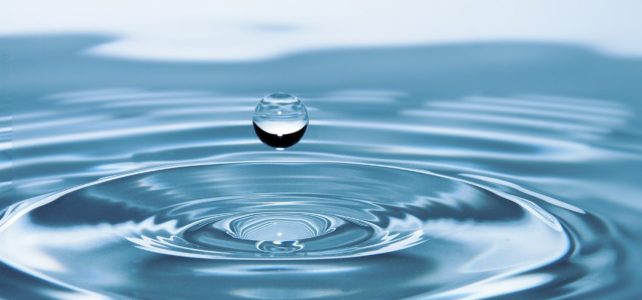

Keeping fascia hydrated is key to keeping fascia pliable and wet, better allowing us to move our bodies and avoid injuries

Tai chi and yoga both emphasise moving with intention. But how that intention looks will depend on your body – is it about gentle relaxing or subtle activation?

We need to change our patterns to change our fascia. This means changing our default patterns of movement, but also not getting stuck in HOW we change those patterns – organic movement is about moving without overthinking.
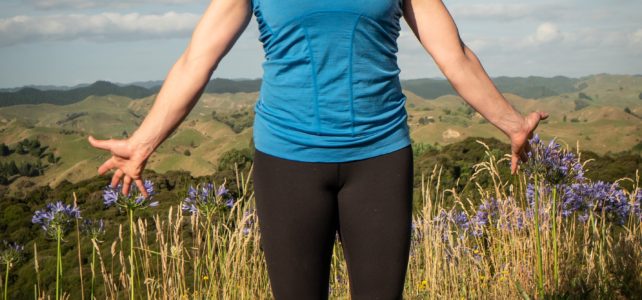
This forearm stretch pulls on fascia tissue to help release tension. These muscles become tight from things like computer use and crimping movements in rock climbing.
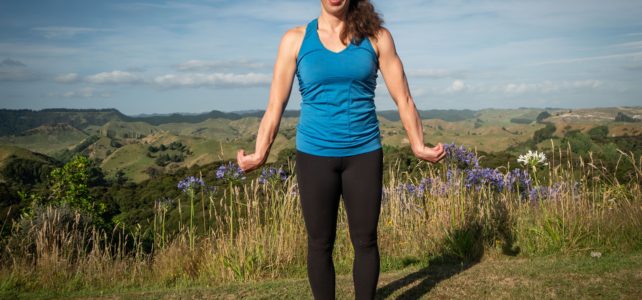
This stretch for the forearms pulls on fascia tissue to help release tension. These muscles become tight from things like computer use and crimping movements in rock climbing.
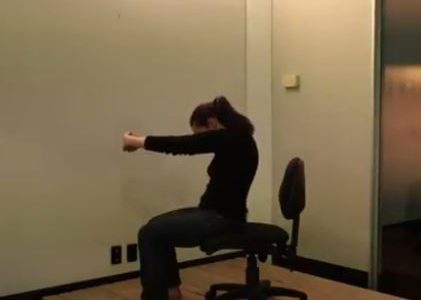
Fascia is the biological fabric that holds our body together. Yoga can help change the shape of fascia to relieve tension.
![Moving sequence for neck, arms and hands [video] Screenshot of video on stretching arms](https://www.megansetyyoga.co.nz/wp-content/uploads/2018/10/armstretchscreenshot.png)
This is one of my favourite ways to relieve tension in the neck, shoulders and hands. It comes from Yoga Synergy based in Sydney, Australia. The purpose of the gentle moving sequence is to tension and stretch the fascial tissue
![Restorative yoga backbend to stretch shoulders, chest and neck [video] restorative backbend](https://www.megansetyyoga.co.nz/wp-content/uploads/2018/07/IMG_1782-e1531008913248-642x300.jpg)
I recently featured a deep active stretch for the shoulders that also stretches the muscles of the chest and sides of the body. However, my favourite way to stretch these muscles is through a restorative yoga backbend. Restorative yoga is
![Stretching hands, wrists and elbows with gentle movements [video] video demonstrating arm movements](https://www.megansetyyoga.co.nz/wp-content/uploads/2018/06/arm-movements-551x300.png)
This simple movement, just like last week’s stretches, uses the fascia tissue connecting the hands and wrists to stretch the elbows and arms. Because this stretch tensions the nerve be gentle. Look for a mild feeling. On a scale of
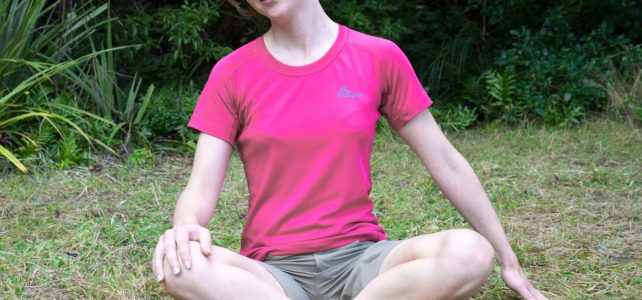
I regularly give the cue of relaxing the shoulders down. Not only do we tend to hunch the shoulders up, but some movements of our shoulders and arms cause them to lift up which can compress the neck – an